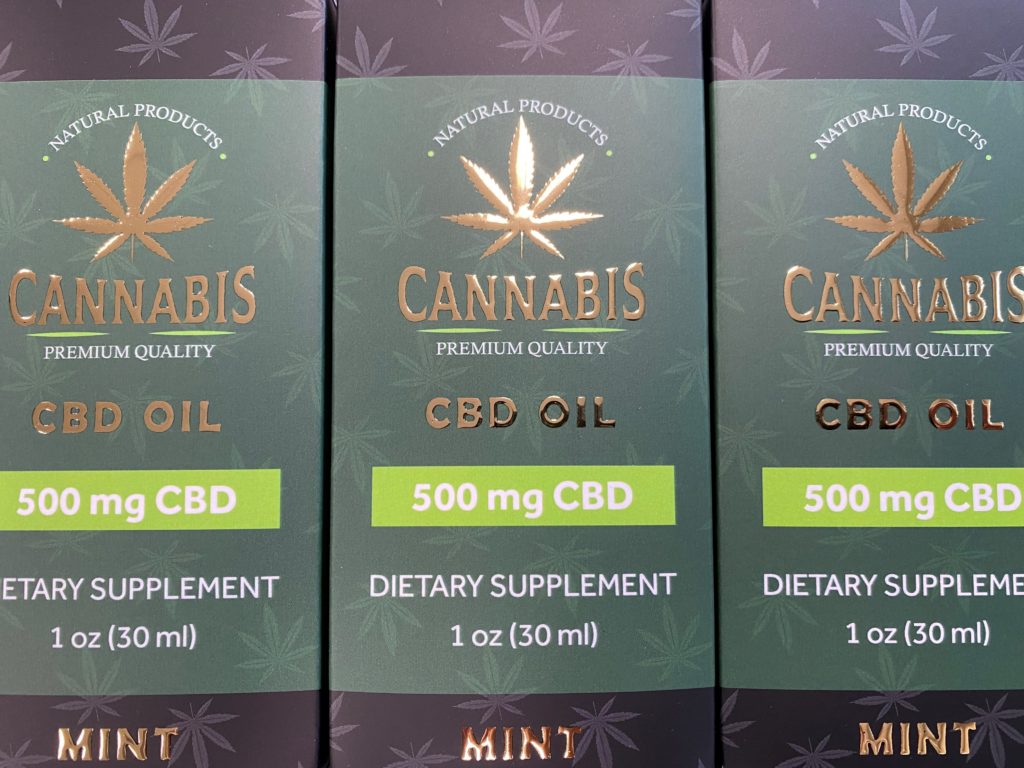When it comes to packaging, there are many schools of thought, but they can, at their heart, boil down to two philosophies: short run and long run. But knowing where to draw the line between them can be a lot murkier than you might think.
Traditionally, all packaging was long run, with the pieces produced in the hundreds of thousands at a time, with the high costs of design and setup spread out and diluted to make the individual pieces cost effective. On the other side of the equation, modern digital technologies have made it possible to produce a package with just one piece. Setup costs for digital are quite a bit more economical, but depending on the number of elements, the design can be far more complicated, which can have the effect of making the cost per piece higher, but with more freedom to connect brands and consumers on a personal level.
Even today, there are benefits to both approaches. Large brands producing items for sale across the country — or even around the world — still benefit from the long runs. Trying to digitally produce even short runs of versioned packages would simply be too expensive, and would drive the cost of the products up to a prohibitive level. On the other side of the spectrum, small businesses benefit from short runs, finally able to offer professional packaging when they can only afford runs of tens, rather than tens of thousands. But what about those brands and companies that fall in the middle of that divide? Who want to offer several versions of a package, each run of just a few thousand pieces? Or brands that are growing beyond personalized short runs, but not yet to the point of producing the kinds of scale that make long runs economical? Where is the dividing line between short and long run packaging?
The Line is Blurring
As digital technologies have improved, the lines between long and short runs have certainly started to blur. Even just a few short years ago, anything more than around 100 pieces would start to become too expensive on a per piece basis to produce via short run technologies once the design and setup costs had been factored in, not to mention the finishing required. But with each new generation, the digital presses get faster, more efficient, and can produce far more pieces before hitting cost ceilings. Not just in the hundreds, but in some systems several thousand pieces can be just as — if not more — economical on a digital press as on conventional package printing equipment. A run of one can sit alongside a run of 5,000 and both will still ultimately be profitable for both the brand and the print shop.
But the printing itself isn’t the only cost to consider. Design is one element that can make a difference in short or long run profitability. If a brand wants to run three sets of versioned packaging at 2,000 pieces each, digital short run is a great option, and will be relatively easy to produce, with the design team needing just three pieces of creative. On the other hand, if they want to run 6,000 pieces that are each completely unique and personalized, well, the costs start to add up. Even with software that can help with he heavy lifting, that is still a lot more creative elements that need to be produced. While digital short run printing is the only want to get that kind of result, the cost of producing it will be in most cases prohibitively high.
What about if the brand wants to do 10,000 each of that original versioned run of three designs though? 20,000? 50,000? At what point does it make sense to pull the job from the digital press and push it to the conventional equipment?
There is also the finishing to consider. If a short run is all the same shape and size, and the only difference is the creative printed on it, then even a run of thousands of digitally printed pieces can be run on traditional package finishing equipment. But if the personalization or versioning extends to different shapes or sizes, well, then it isn’t just the presses that need to be digital, but the finishing as well. It’s another element to consider when deciding where the line is between short and long runs for any given job.
The reality is that as digital continues to improve by leaps and bounds with every new model that hits the market, the line will only continue to get blurrier. There is no one-size-fits-all approach to making the determination between long or short runs anymore, with no clear divide between them.
For shops targeting the packaging space, it will be increasingly critical to have long conversations with the brands before the design ever gets to the print stage to determine not just the budget, but what they are trying to achieve. How many pieces are they looking to produce, and how many locations will it be sold in? Does it need to stand out on a crowded shelf, or will it hold a featured place in a small store environment? Is it something that needs to be able to ramp up quickly as the brand grows, or will the number of products sold with this packaging remain stable? How often do they anticipate wanting to change the packaging? All of these and more are questions that will directly impact whether a short or long run option will best serve that specific package.
Packaging is a potential growth area for many printers, especially as digital technologies make short runs not quite as short as they used to be, opening up new opportunities. But understanding what goes into package design, and where to draw the line to ensure everyone not only walks away happy with the end result but also happy with the costs and profits involved, is critical to building a successful business.

DENISE GUSTAVSON
Guest Blogger
NAPCO Media




